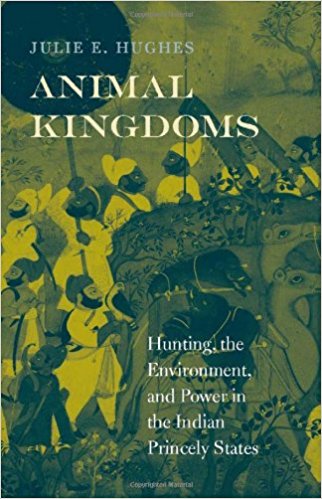Today India is home to about 1,500 tigers. A century ago, sportsmen killed that many every year. One Rajput, Fateh Singh, bagged 375 himself, not to mention 991 leopards, over his hunting career. The populations, conditions, and cultural meanings of wildlife in India have changed fundamentally since the heyday of the Raj. Since John Mackenzie drew attention to the connections between hunting and empire a generation ago, historians have energetically explored themes involving wildlife and hunting in many settings, including Africa and North America, and not least India, where, for example, Mahesh Rangarajan has outlined India’s Wildlife History (2006). Julie Hughes’s new book adds a tremendous wealth of detail and a modest dose of new insight to the historiography on the subject. Julie Hughes is an Assistant Professor of South Asian history at Vassar College in the United States. The book gives every sign of having originated as a doctoral dissertation. It is researched in primary sources, but written in dense prose.

A Window to Vanished ‘Glories’
J.R. McNeill
ANIMAL KINGDOMS: HUNTING, THE ENVIRONMENT, AND POWER IN THE INDIAN PRINCELY STATES by Julie E. Hughes Permanent Black, 2013, 304 pp., 795
June 2013, volume 37, No 6
